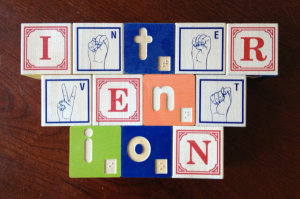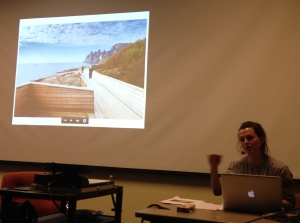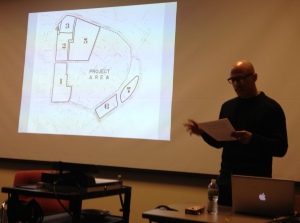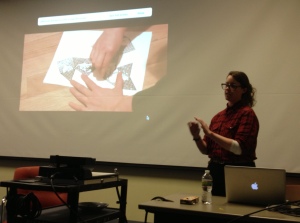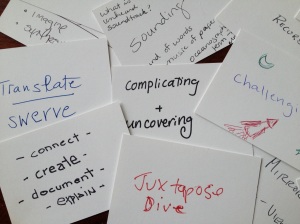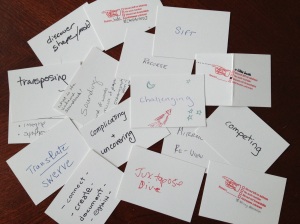If you are having trouble wrapping your mind around deformity, and what or why or how you might deform something (which sounds a bit like desecration), then look, feel, and sense the world around you. We live in a world that is constantly deforming. Deformity is process, form-in-motion, change at work in the world. The earth turns. Seasons shift. Bodies age. Deformity is us. To make anything, we unmake things–whether we think about it consciously or not. Think of your neighbor. Think of a stranger. Think of the planet. Many things we take for granted. How do materials and how do we interact, coalesce, congeal, collide, repel, or crumble apart? What do we dismantle, and what do we put back together? What does it mean to try to de-form something, and what are the implications to re-forming? How do we work together in these processes? What are we involved in (un)making, consciously or unconsciously? Can (de)classifications change how we read objects and subjects, including one another? What other questions arise?
Maybe we can learn from each other. Maybe we can change the meaning of a definition; maybe we can deform “deformity.” Maybe that is the heart of the Galerie de Difformité.
Whether you are a writer or artist, student or teacher, _____ or ______ [fill in the blanks]: think of processes in which you regularly engage. What processes make up the rhythms of your days? What materials do you use? What rules and cues do you follow, and what patterns recur in your tasks? Here’s a task: Pick a verb (or a few) that sums up, or boils down, your process. It doesn’t need to be literal — figurative or oblique verbs can be very productive ways to think about what, how, and why we do things. Fill in the blank: ______[-ing]. Essentially, think of this as your own synonym(s) for deforming.
The list below started through an “intervention,” when I invited some fellow metaFellows from Harvard’s metaLAB to think about sympathetic processes being explored in their own practices and disciplines, akin to “deforming” (however they conceived). By trying to identify parallel processes, we started to build bridges between our practices. A live version of this intervention occurred April 8, 2013 at MIT, under the auspices of the Purple Blurb digital writing series. Framing the evening was a quotation attributed to William Gibson: “The future is already here. It’s just not evenly distributed yet.”
Other interventions are happening, as the project performs and deforms the humanities through a range of pedagogical, critical, and creative practices.
As aside: There is a reason that this project is called the “Gallery of Deformity” (in a faux French spelling) rather than the “Gallery of Forms,” which essentially it is. If displaced in a different time or sociocultural context: you, dear reader, may have been called “deformed.” In antiquity, Aristotle described women as “deformed” males. In the eighteenth-century, Samuel Johnson’s famed Dictionary interchangeably used “deformity” with “ugliness,” also bound up with disability. The word has been slapped on various discussions related to gender, race, class, disability, and more — basically, the gamut of 20th-century identity politics — so, how do we move beyond that? Is it possible, aesthetically?
Here in the GdD, we aren’t de-/re-forming the individuals or originals. We’re dealing with representations and copies. This is an experiment.
If you like, share your verb/process with the Undertaker to add to the list below, ideally representing it as a deformation to add to the online gallery or library. Submissions filed as interventions become archived alphabetically by the first letter of their verb. (As Gertrude Stein encouraged, “so why write in nouns?” See Exhibit Y.) You are free to reuse a process, to illustrate the many manifestations that process (i.e., deformity) might take, as it deforms through:
- Ramping (Exhibit R)
- Animating (Exhibit A)
- Projecting (Exhibit P)
- Folding (Exhibit F)
- For starters!
Thanks to the metaInterveners!
And thanks to the audience, who shared other verbs from the room:
